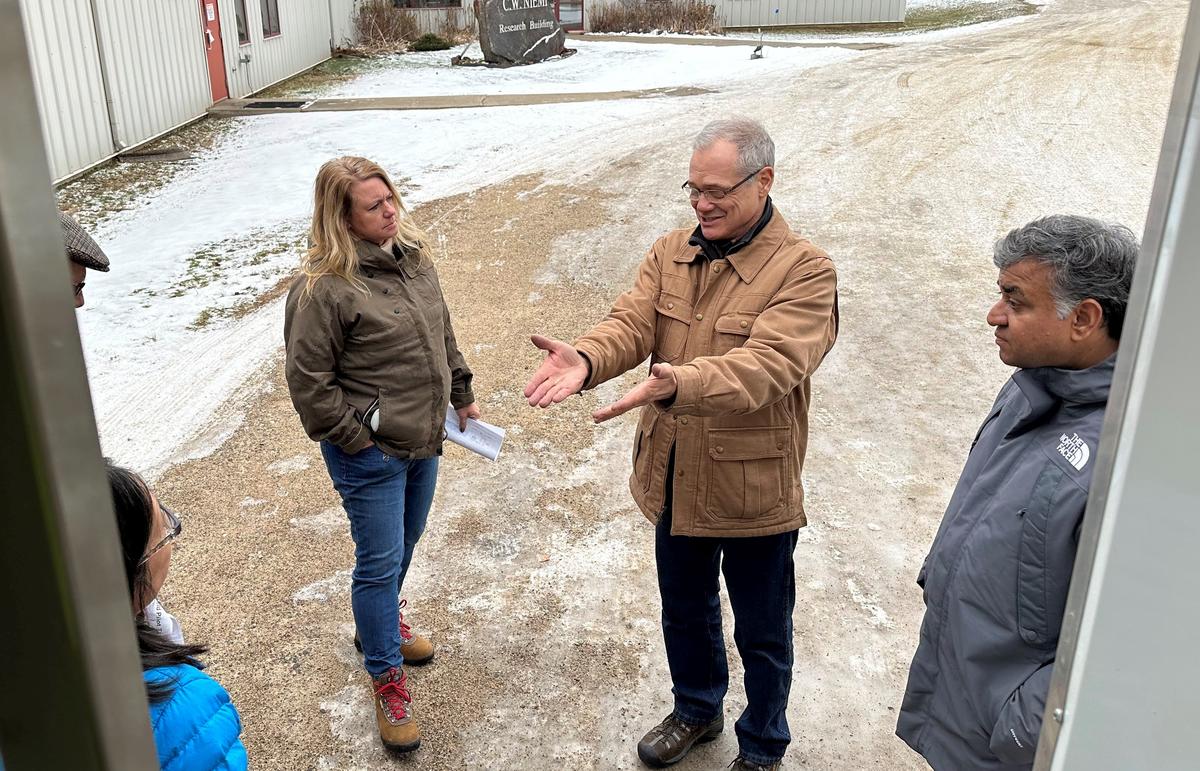Minnesota’s future opportunities require investment today. The state’s transformative investment in research by E.W. Davis at the University of Minnesota during the 1950’s saved the Iron Range with taconite pellets. The industry was able to transition from lean ores to pellets to keep providing domestic ore resources to the nation’s steel plants.
Today’s challenges and opportunities are just as disruptive and complex but offer exciting possibilities for Minnesota’s future economy. But we need to be ready to support the technologies of the future with research.
And, like eggs and automobiles, salary and equipment costs have risen which means the cost to do research has increased. NRRI’s stagnant base funding hasn’t kept pace with 35 years of inflation despite the growth of the Institute and the expanding state and federal expectations.
“We just stretched our base funding to hire three new metallurgists,” said NRRI Executive Director Rolf Weberg. “Now, we’re poised with the expertise we need to move the Iron Range forward, which will move Minnesota forward.”
What's Next?
"What are the new disruptive technologies in the minerals, wood and biomass, forest products, water treatment and ecosystem monitoring sectors?" Weberg asks. "There’s a lot of innovation happening there. Will we be ready? Will we have the key players and support staff?”
NRRI’s goal is to have the core team ready to engage, partner and execute with new opportunities. That means hiring and retaining top talent, providing the necessary technical and research support in the form of equipment, instrumentation and infrastructure. Inquiries to assist in these innovations has increased, and NRRI wants the have the people-power to onboard these projects at the speed of business.
Funding MN’s Future
The omnibus bill in both houses of the legislature has included a one-time increase to NRRI’s base funding for FY24 and FY25 to help bridge the base funding gap with $2M/year via the Higher Education Committee. This is of critical importance to have this support right when state agencies, the federal government and industry partners are engaging NRRI for assistance.
The Governor’s budget includes an MPCA-sponsored change item, Innovative Solutions for Managing Pollutants, provides $3M in critical funding for NRRI demonstration projects:
- $2.1M to support demonstration projects in water treatment/remediation targeting sulfate, phosphate and PFAS contaminants.
- $900K to support NRRI’s long-term Iron of the Future program to characterize Minnesota’s varied iron resources and create new technologies to process them, while reducing energy and water consumption and capturing industrial effluents.
These two efforts have bipartisan legislative support. Senators Grant Hauschild and Jennifer McEwen and Representative Dave Lislegard have “carried the water” to ensure these provisions progress during the session, according to Weberg.
So how can you help? Please encourage your legislators to continue to support NRRI’s requests. A quick note or email makes a big impact. (Here’s how.) The passing of this legislation will allow NRRI to be ready to partner effectively to accelerate disruptive technologies and opportunities already peeking over Minnesota’s horizon.
PHOTO TOP: Rolf Weberg gestures to research staff while talking to UMN Associate VP of Research Amy Kircher (right) and VP of Research Shashank Priya during a 2022 visit to NRRI Coleraine.
